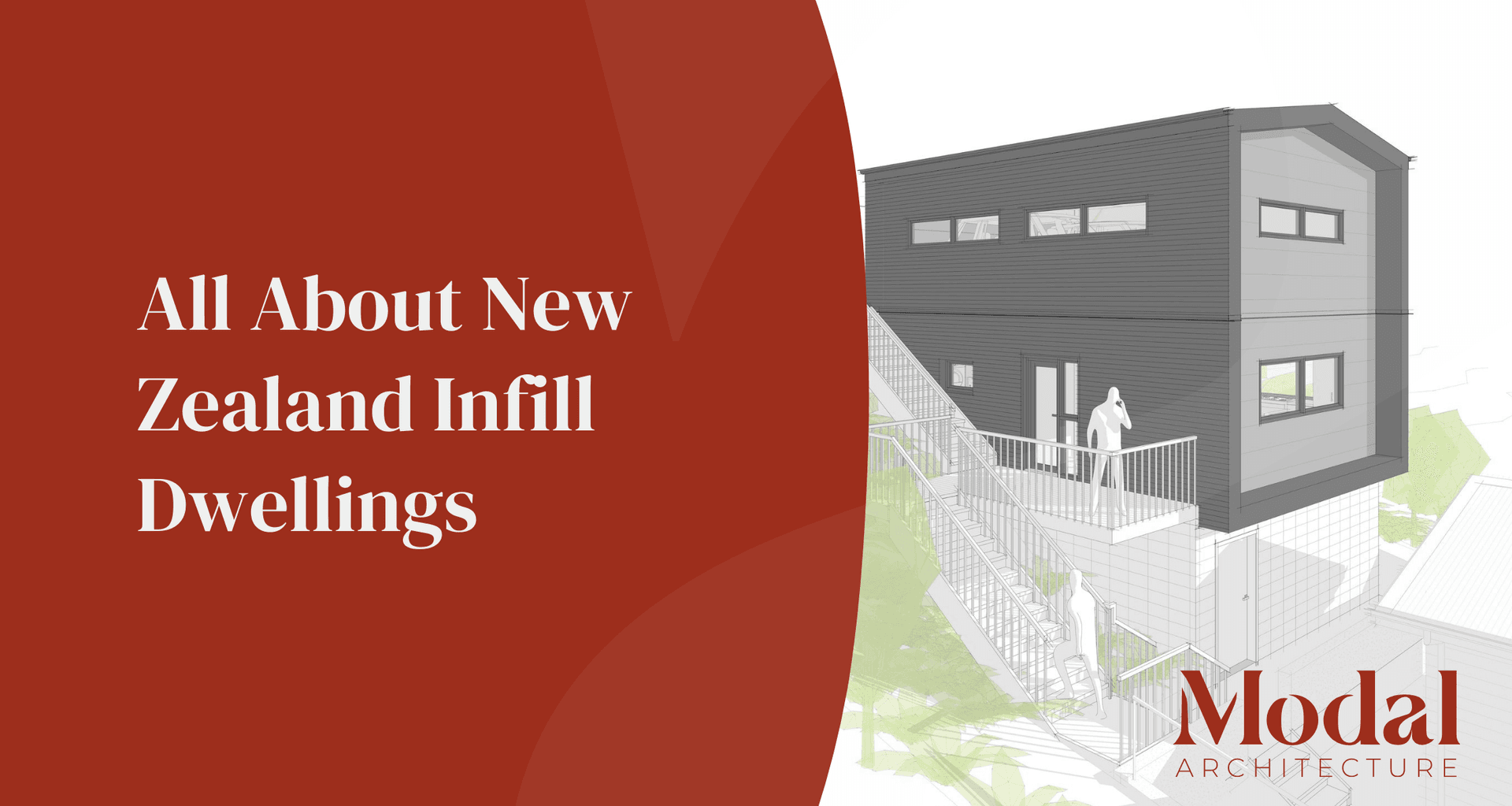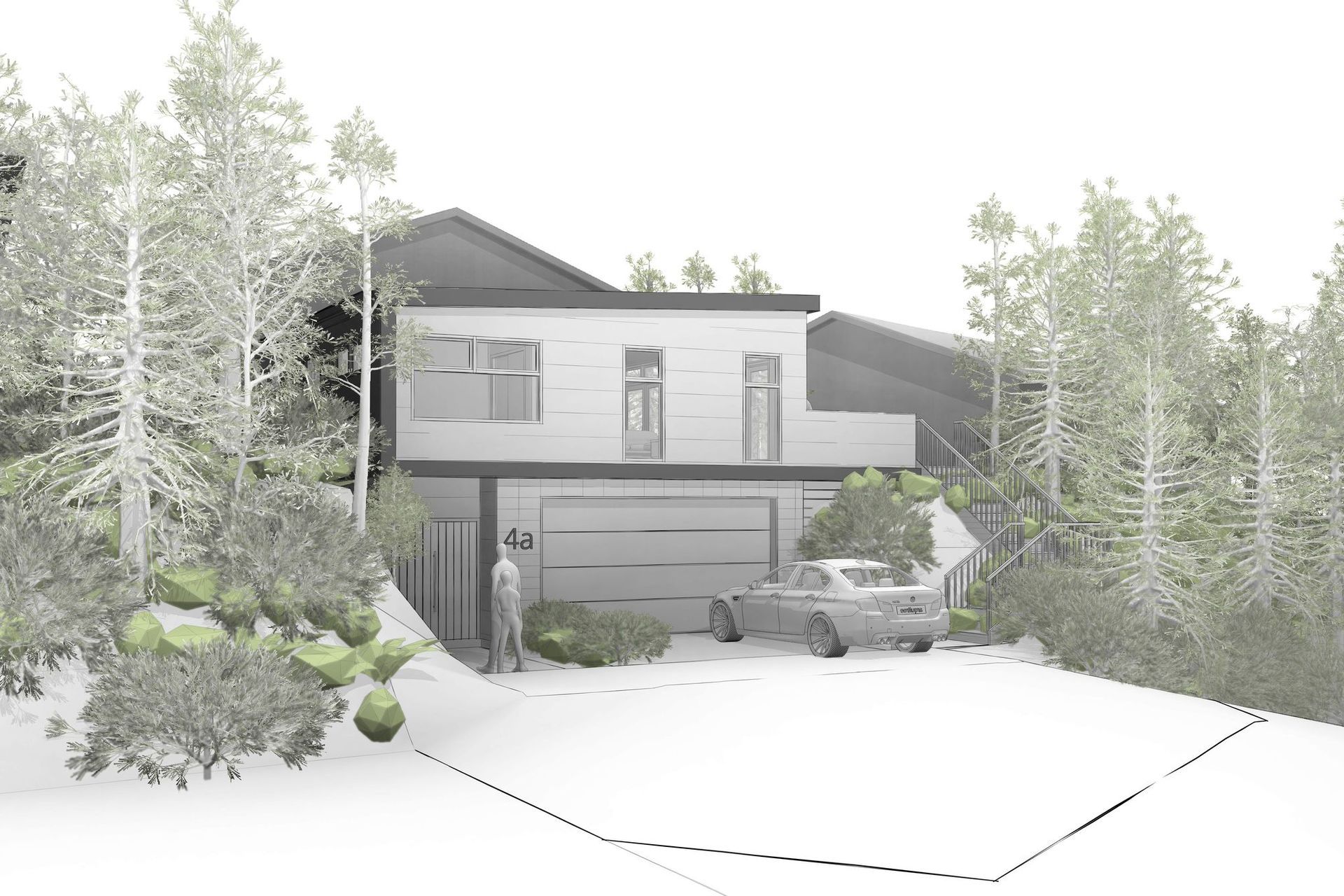All About New Zealand Infill Dwellings

Infill housing is a term used to describe the construction of additional dwellings on an existing residential site, through a process known as subdivision. It has become increasingly popular in New Zealand as a solution to the housing shortage, and as a way to improve the quality of housing stock and limit urban sprawl. In this blog post, we will discuss the benefits of infill housing in New Zealand, as well as some of the considerations that need to be taken into account when considering it.
The practice of infill housing is not new, and there have been many examples of infill developments since the 1970s. These have often reflected generous sections being subdivided into smaller sites, with driveways two or three houses deep. Infill housing is great for allowing newer housing stock in existing, well-established, and desirable suburbs. The increase in housing stock allows for better neighbourhood amenity, through more local shops, cafes, public transport, and better roading, benefiting everyone. Good school zones have also historically shown a major influence on property desirability and values, often selling for huge premiums.

One of the primary benefits of infill housing is the financial return it can provide. By subdividing an existing section, a new house can be built, which can be sold, rented out, or lived in. Either way, a brand new house in an existing area is a desirable prospect for many consumers. Infill housing can also be a responsible way of helping New Zealand grow, by helping to ease the housing shortage and limiting urban sprawl.
Infill housing also has several other benefits. Increased density resulting from increased dwelling densities has both ecological and social benefits. It can improve personal safety as "natural" or "informal" surveillance is generated. A more concentrated population provides a wider range of people with convenient access to local businesses and facilities. If "well located and designed", an intensified population can generate the "critical mass" necessary to support improved public transport systems. Introducing a greater range of well-designed housing options in existing suburbs can enhance social equity in a region and contribute towards a reduction in social problems. Well-designed infill development can also lead to the conservation of resources, as it reduces the demand for greenfield development and associated urban sprawl.

While infill housing offers many benefits, it is important to note that it may not be suitable for everyone. It can be difficult to understand if your section is suitable, and a good designer will have an experienced team ready and primed to help, offering to evaluate your existing home as to its suitability for infill housing. It is also worth pushing the boundaries of the district plan and going through the resource consent process to maximize your options when building an infill dwelling.
Infill housing offers many benefits to those who have access to a small piece of land and are looking to provide more housing. It is a responsible way of helping New Zealand grow, by easing the housing shortage, enhancing the quality of housing stock, and limiting urban sprawl. It is essential to obtain professional guidance and assessments to ensure that your site is suitable for infill housing, and so, you can turn your time-consuming gardening chores into financial freedom.
